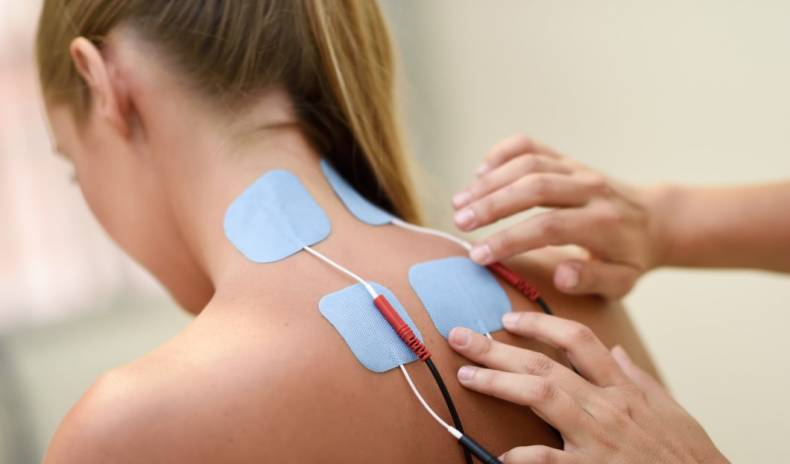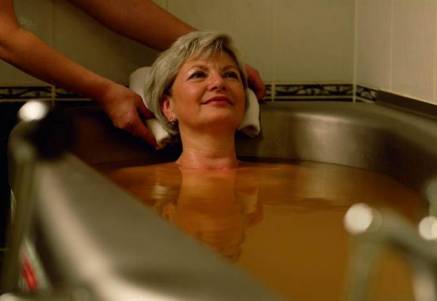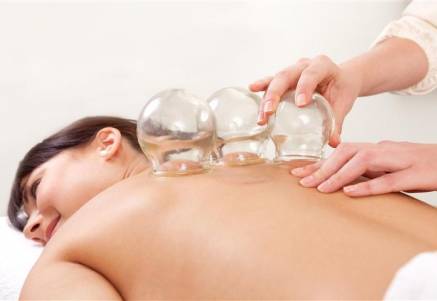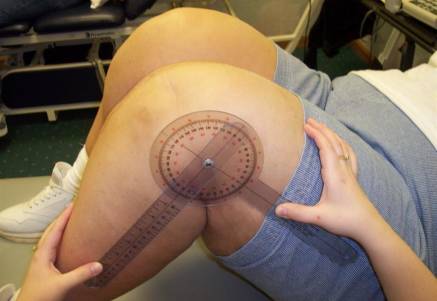Electrotherapy uses an electric current of different frequency, intensity and polarity to heal. The general effect is to reduce pain, relieve muscle tension, lessen swelling, improve blood circulation and improve tissue nutrition. It is applied only with medical prescription. Often, its analgesic effect (pain relief) will partly or fully replace the medication.
Electrotherapy, the popular healing method, is suitable for:
- Treatment of painful musculoskeletal symptoms
- Reduced muscle tension
- Improvement of neuromuscular irritation
- Improved blood circulation of tissues, washing of metabolites, especially lactic acid
- Accelerations of lymphatic drainage and thus reduction of swelling
- Electrotherapy is not suitable for seriously ill and acutely ill individuals
The most common procedures of electrotherapy
Four-chamber bath
In the ventricular bathing of limbs, a direct current passes through a medium of ca. 37 °C. The procedure, with the assistance of professional staff, lasts for 20 minutes. It has analgesic effects, improves blood circulation and reduces muscle tension.
Diadynamic currents
The therapeutic effect of the simultaneous application of galvanic and faradaic, or another pulse current, is used. Hyperaemization (blood circulation) and analgesia (pain suppression) are the desirable effects. It is used in painful conditions for a variety of aetiology, arthrosis, lumbalgia, cervicalgia etc.
Mountain sun
Mountain sun is an artificial source of sunlight, where the radiation is emitted by a mercury high-pressure discharge lam. We begin with irradiation for 30 seconds on first treatment, gradually adding 1 minute to reach a total of 10 minutes. It is used, for example, for skin diseases, prevention of rachitis, signs of decreased performance, fatigue, anaemia and neuritis.
Interference currents + VACO
It works on the principle of using the interference of two medium-frequency currents directly on the tissue, one circuit having a constant frequency and a second fluctuating frequency. The advantage of this natural healing therapy is lighter overcoming skin tissue resistance, good tolerance for small sensory and motor irritation, and reaching the effect of interference even in deep tissue. It affects the muscles and nerves directly and improves blood circulation and tissue nutrition. The main contributors to the effect are vasodilatation, analgesia and tissue toning. Depending on the frequency setting and modulation, it is possible to achieve motor-irritating effects (up to muscular gymnastics) or to achieve a rebound of increased muscle tension; to induce a more pronounced analgesic and spasmolytic effect or alternatively irritating and suppressing (involved in resorption of swellings and exudates).
Shortwave diathermy
This is one of the oldest and most widely used diathermies. Distal electrodes, applied by professional staff on the skin, trigger a deep, internal warm-up, which has a high anti-pain effect, causes tissue congestion and softening of the weaving.
Laser
The therapeutic effect of coherent monochromatic radiation of different wavelengths is used in this treatment. The effects of the laser are anti-inflammatory, painless and bio-stimulating. Laser application is suitable for rheumatic and degenerative joint disorders, inflammation of the tendons, muscles, fresh and keloid scars etc. The duration of irradiation differs according to the doctor’s recommendation.

Magnetotherapy
The therapeutic use of magnets has a rich history. We have a total of 33 programmed magnetic field shapes. Magnetic field lines evoke processes that have anti-inflammatory, analgesic and anti-semantic effects and promote acceleration of healing and release of spastic states.
Träbert currents
Träbert currents are suitable for use in post-traumatic conditions and in orthopaedic and rheumatological indications, where a significant pain-relieving effect can be achieved by tissue congestion.
Ultrasound
The therapeutic application of ultrasound is based on the use of electrical energy of high-frequency currents converted to mechanical and heat energy. It has spasmolytic and analgesic effects, tissue diffusion increases, chemical reactions and the creation of fine emulsions is accelerated. The procedure under the supervision of professional staff takes 5 to 10 minutes, according to the doctors’ recommendation.





















